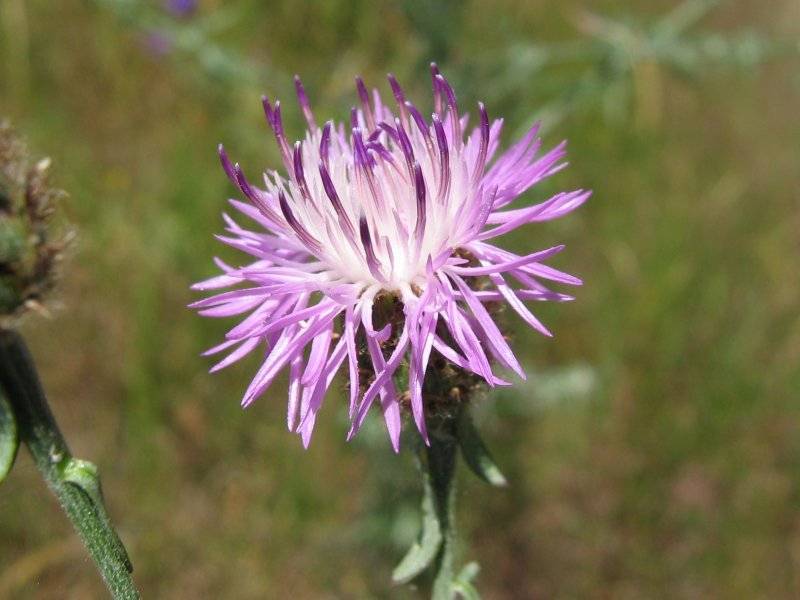
Meadow Knapweed
Centaurea x moncktonii
Watering:
Minimal
Hardiness Zone:
Sun:
full sun
Leaf:
Yes
Leaf Color:
green
Growth Rate:
High
Drought Tolerant:
Yes
Invasive:
Yes
watering
Spotted knapweed requires moderately moist soil, so it should be watered weekly or whenever the top inch of soil begins to dry out. During hot summers, it may need to be watered more often. When watering, it's important to thoroughly soak the soil, allowing it to drain freely afterwards. Overwatering can cause root rot and fungal problems, so it's important to not overwater the plant. It's also best to water in the morning so the foliage will have time to dry out and prevent fungal growth.
sunlight
Spotted knapweed (Centaurea stoebe) grows best in full sunlight, receiving 8 or more hours a day of direct sunlight. The plant’s root system has adapted to short periods of drought and can survive in hot and dry climates. Its long taproots can reach 18 inches deep into the soil. In northern climates, the plant often grows in sunny, open areas away from shade. During the summer or when planted in southern regions, spotted knapweed thrives with full sun exposure. It is best to provide the plant with sun during its peak growing time in the summer.
pruning
Spotted knapweed (Centaurea stoebe) is a species of plant that needs minimal pruning if any at all. Generally speaking, this plant should only be pruned when necessary to promote airflow and prevent diseases. Pruning should be done at the end of the flowering season and should mainly involve removing spent flowers and dead branches. This species does not need to be pruned regularly, and any excessive pruning can potentially damage the plant and negatively affect its growth.
